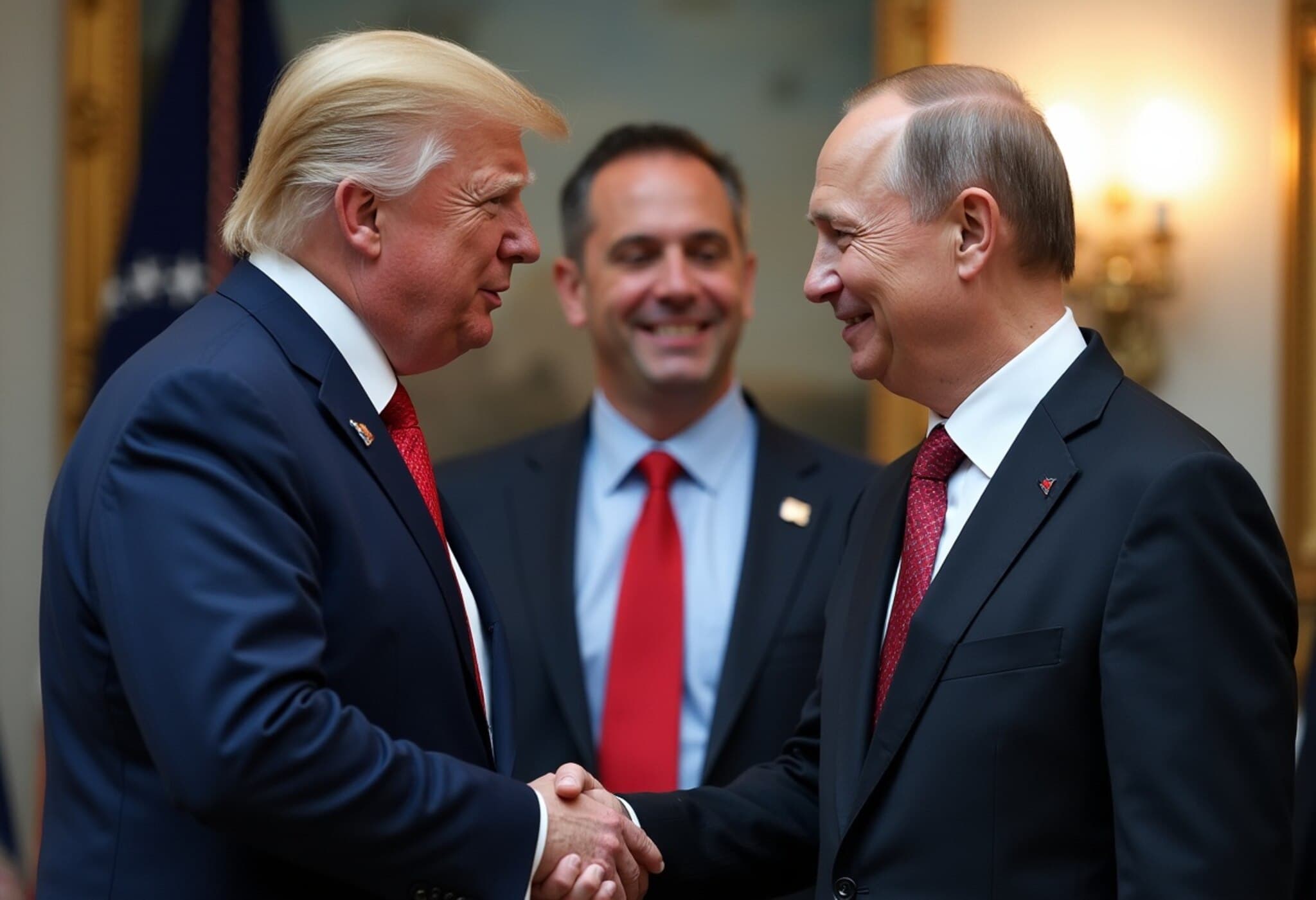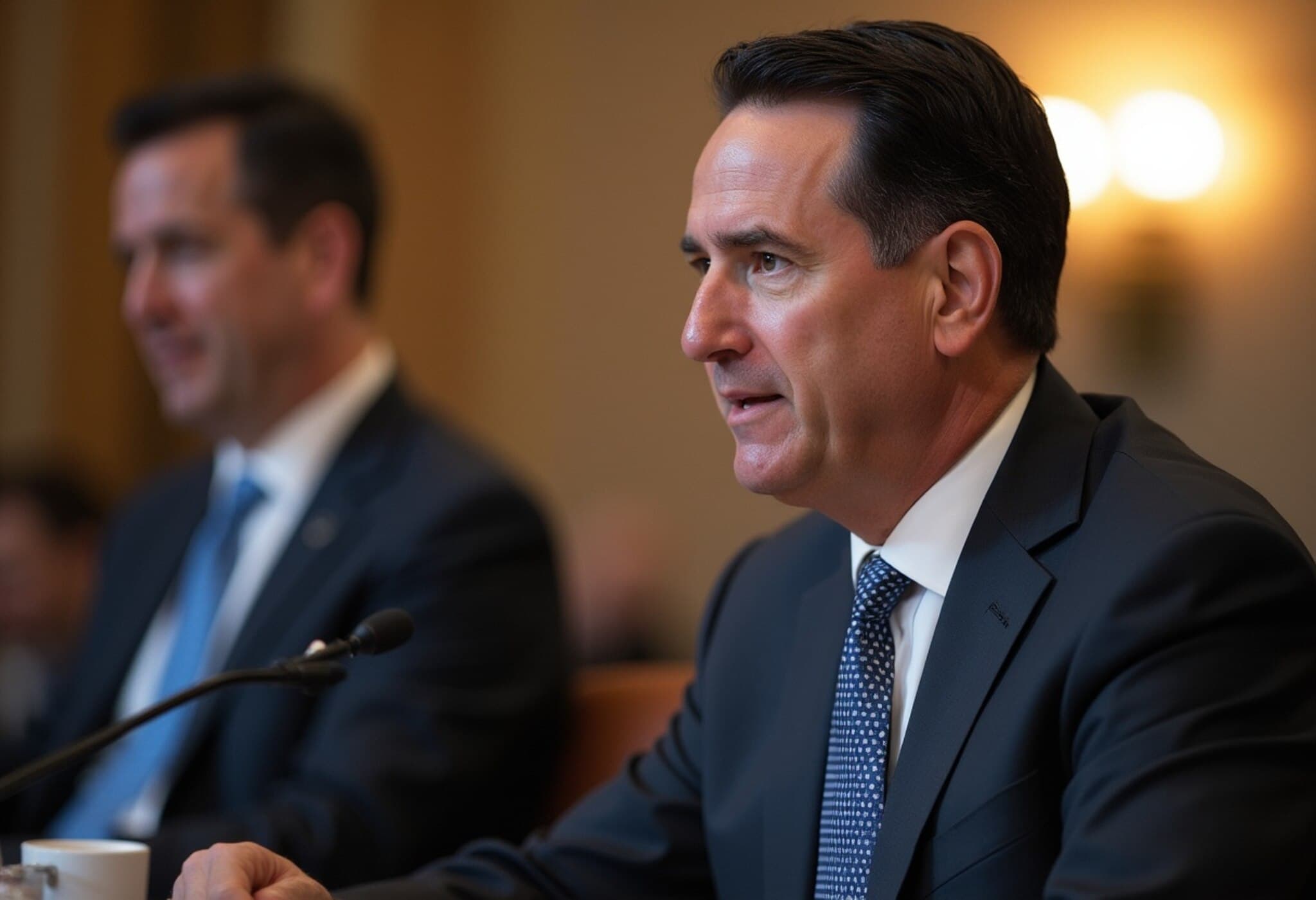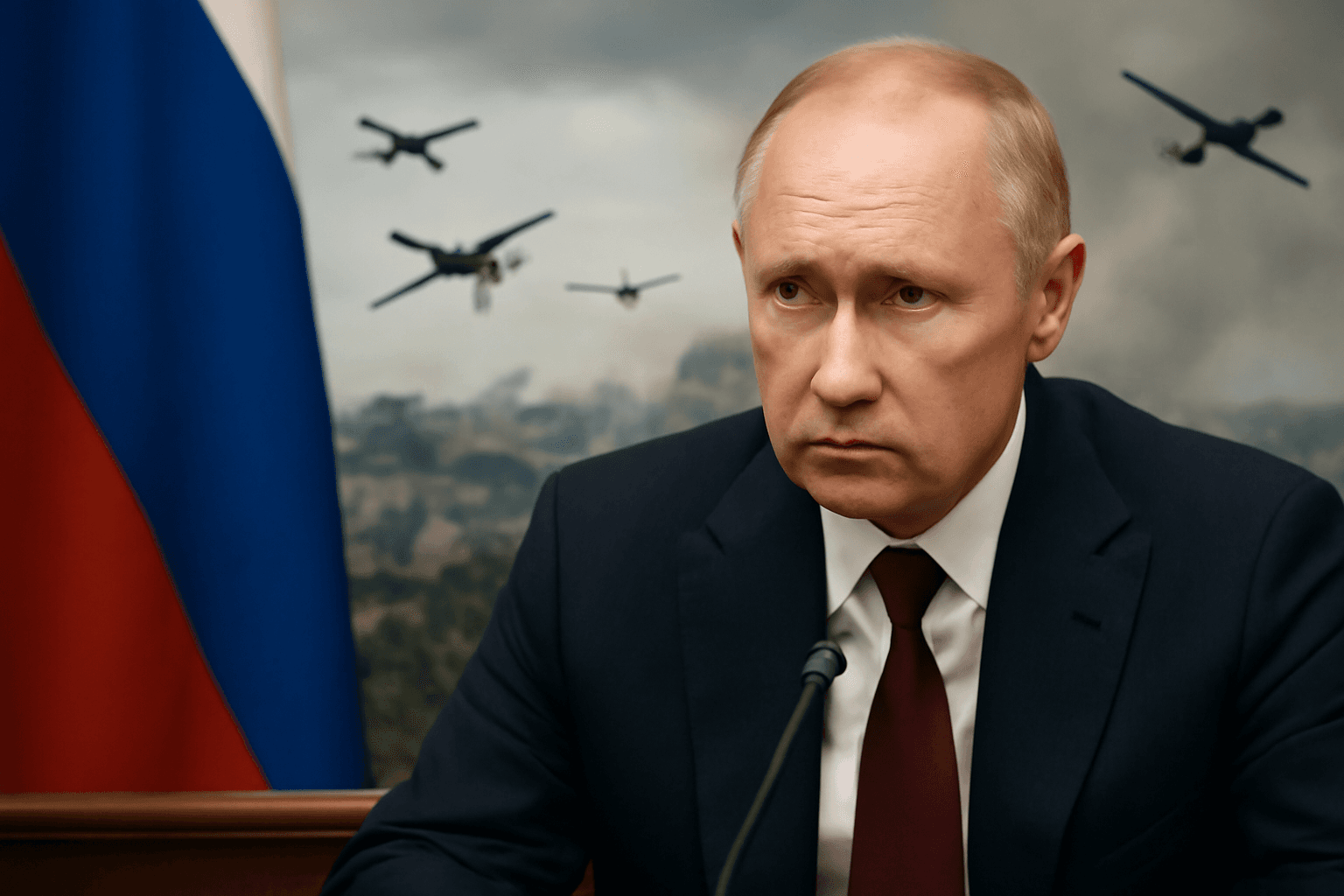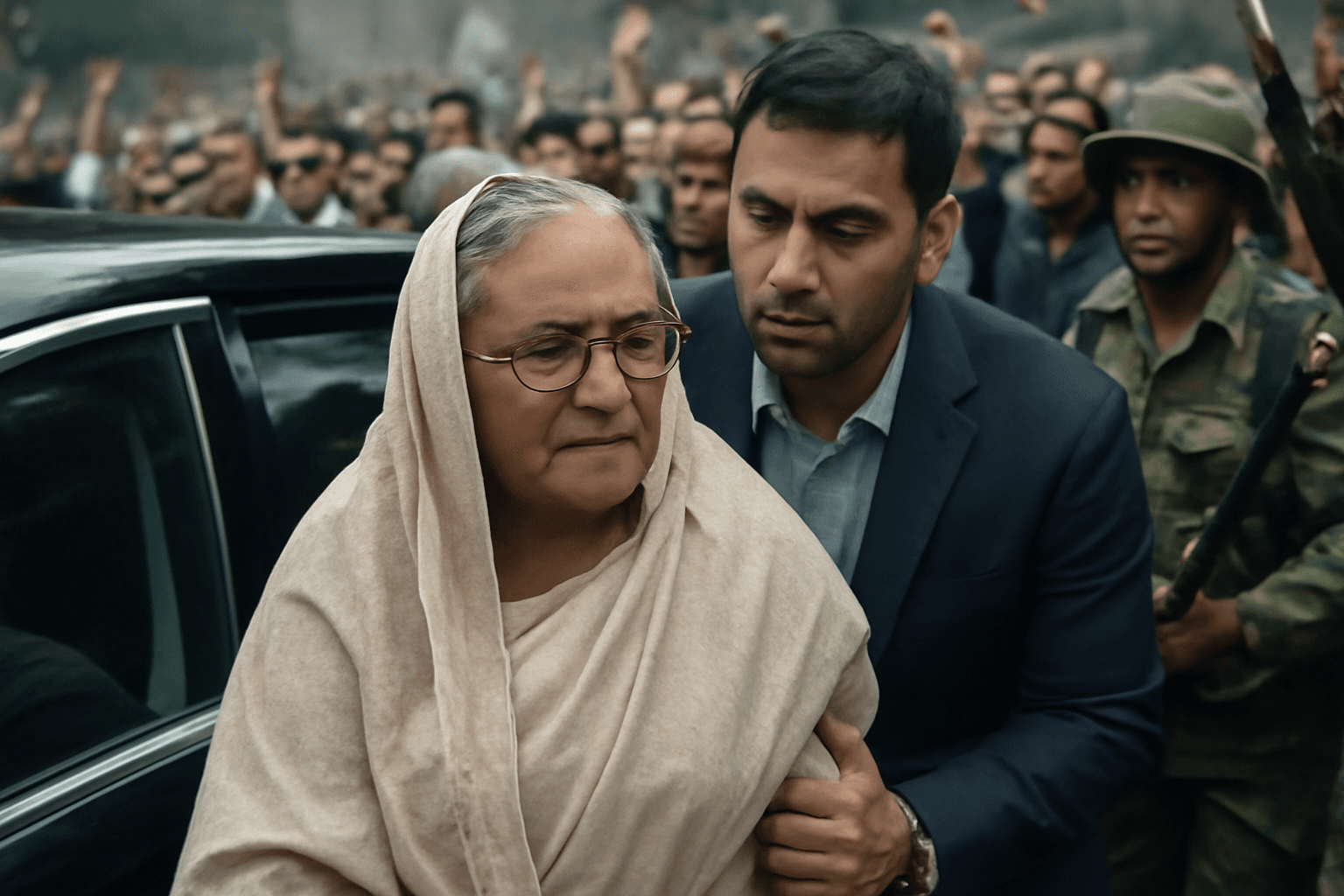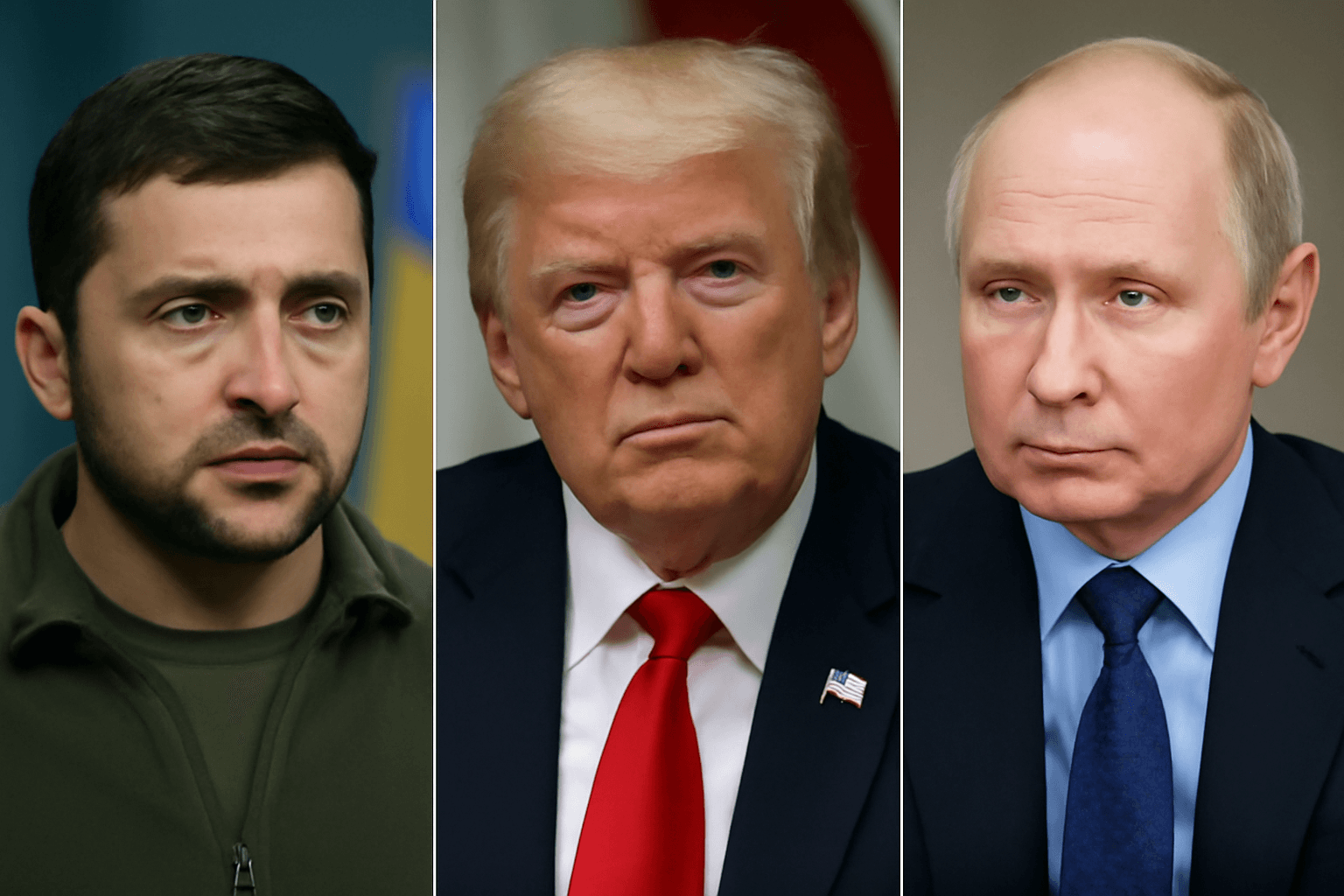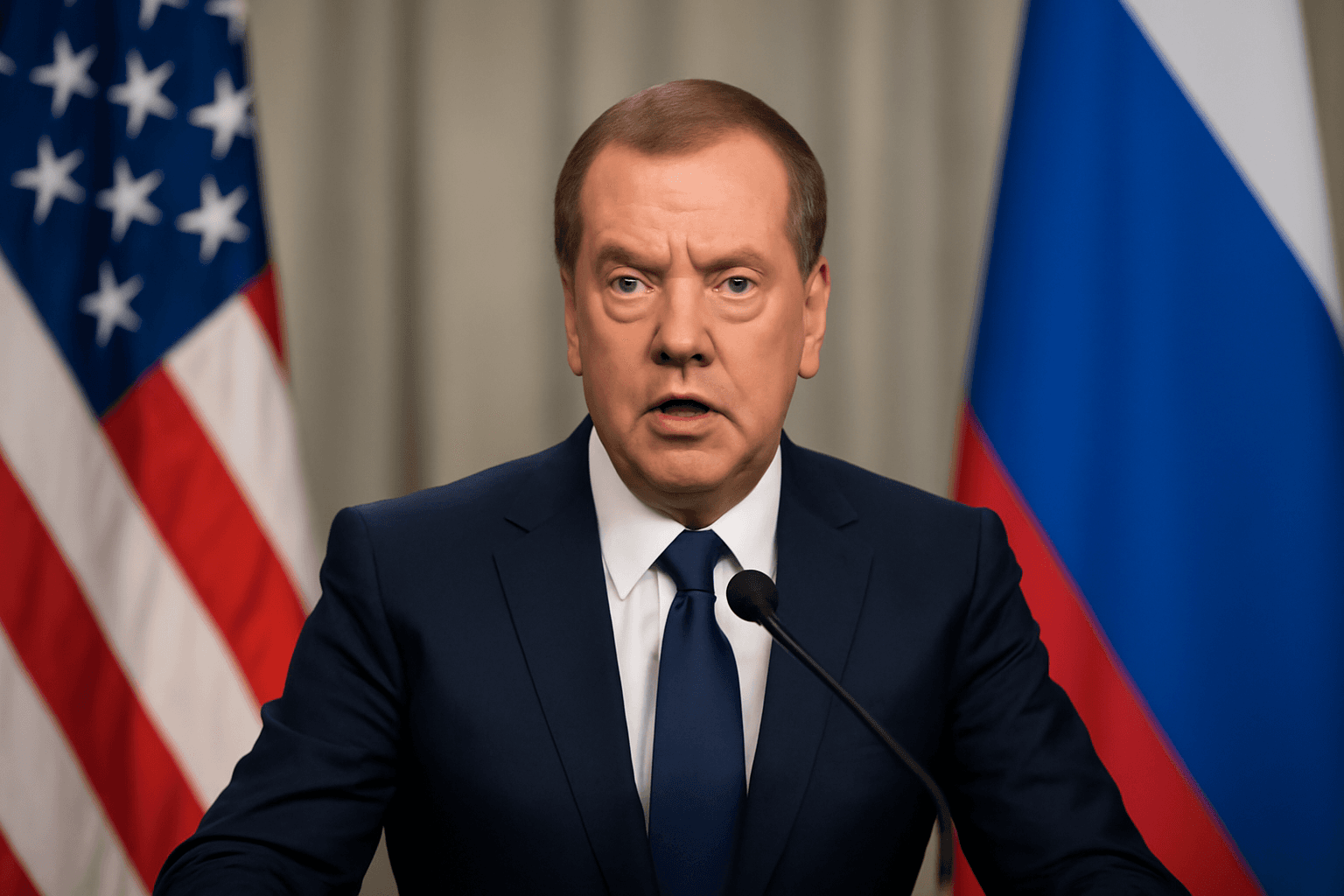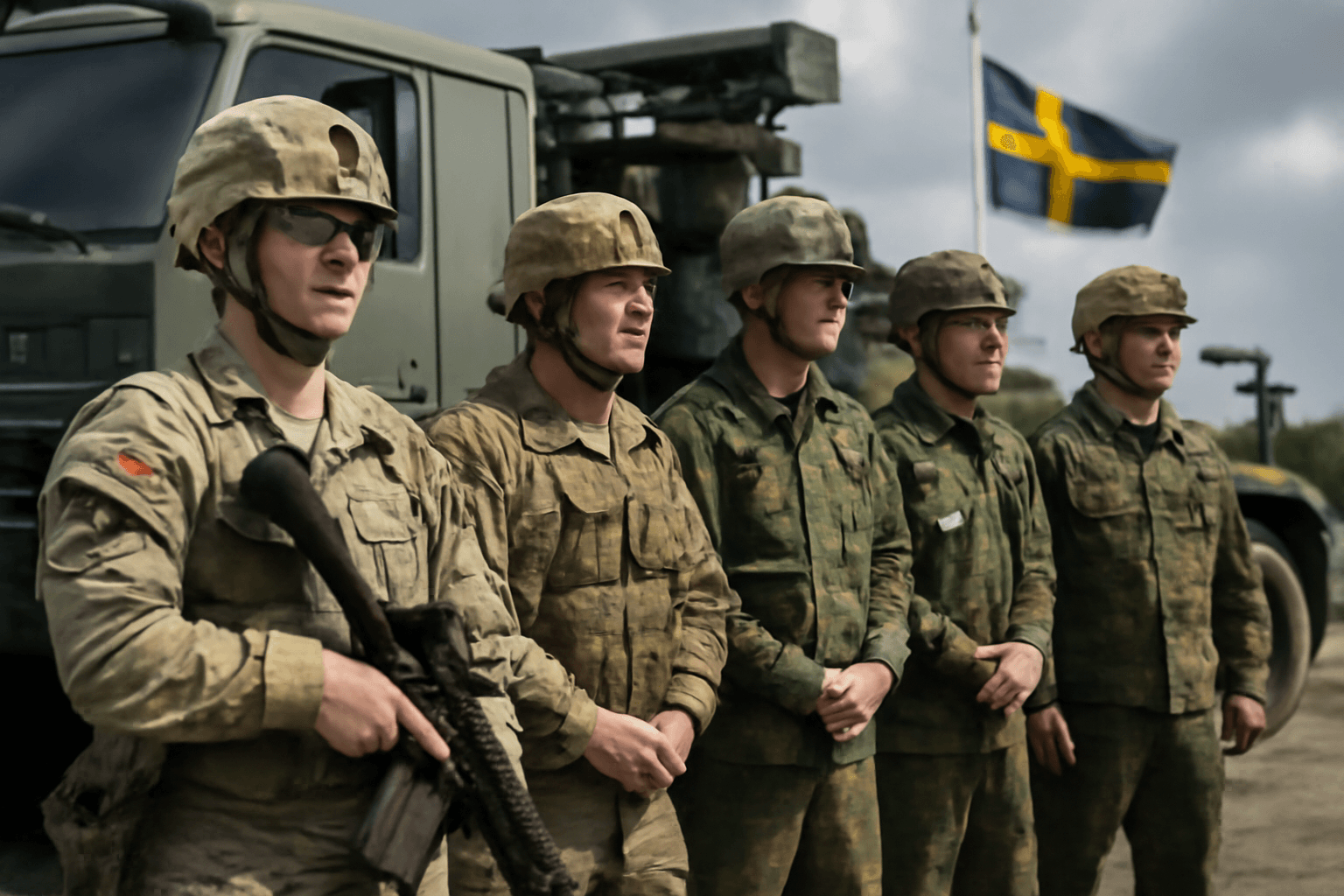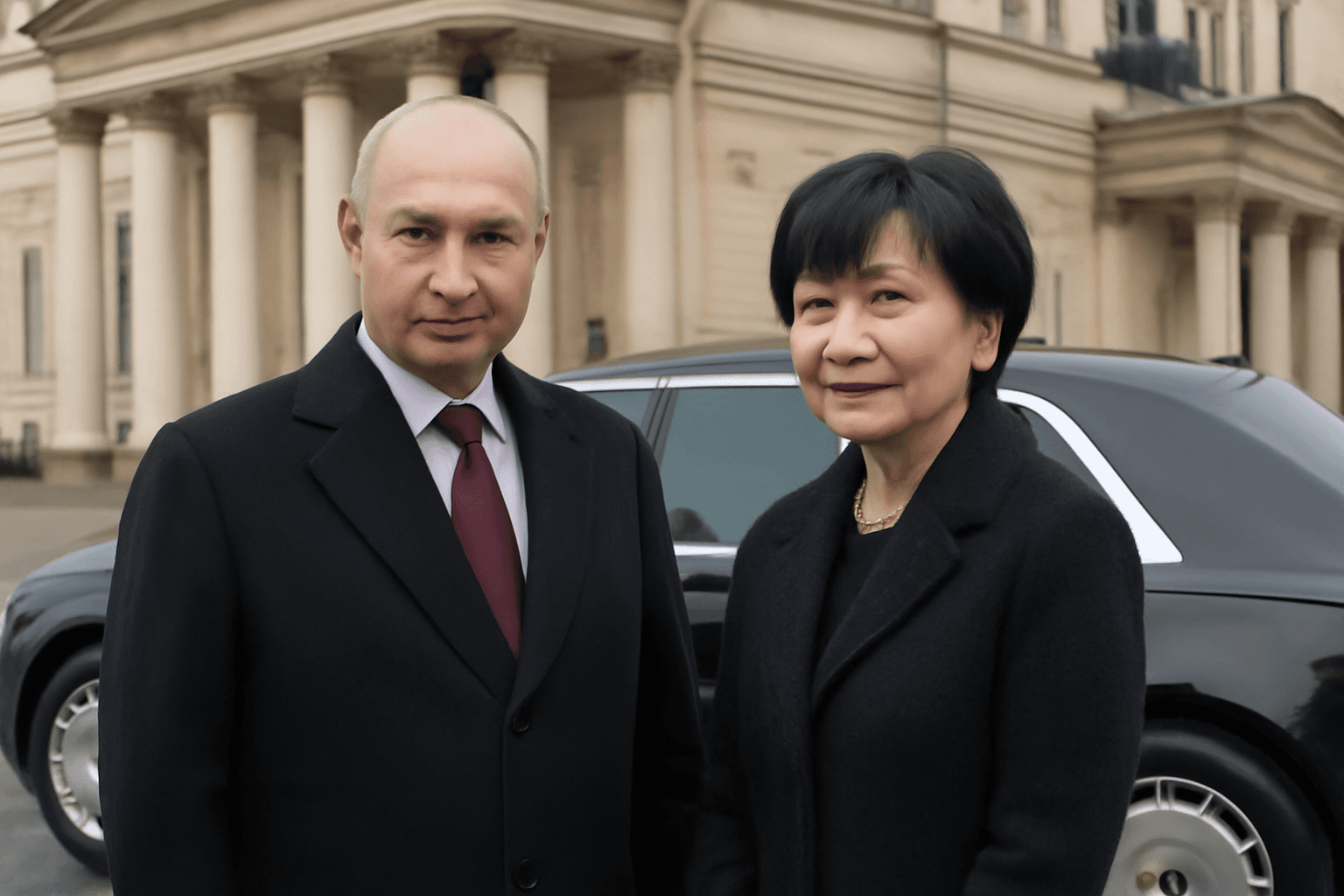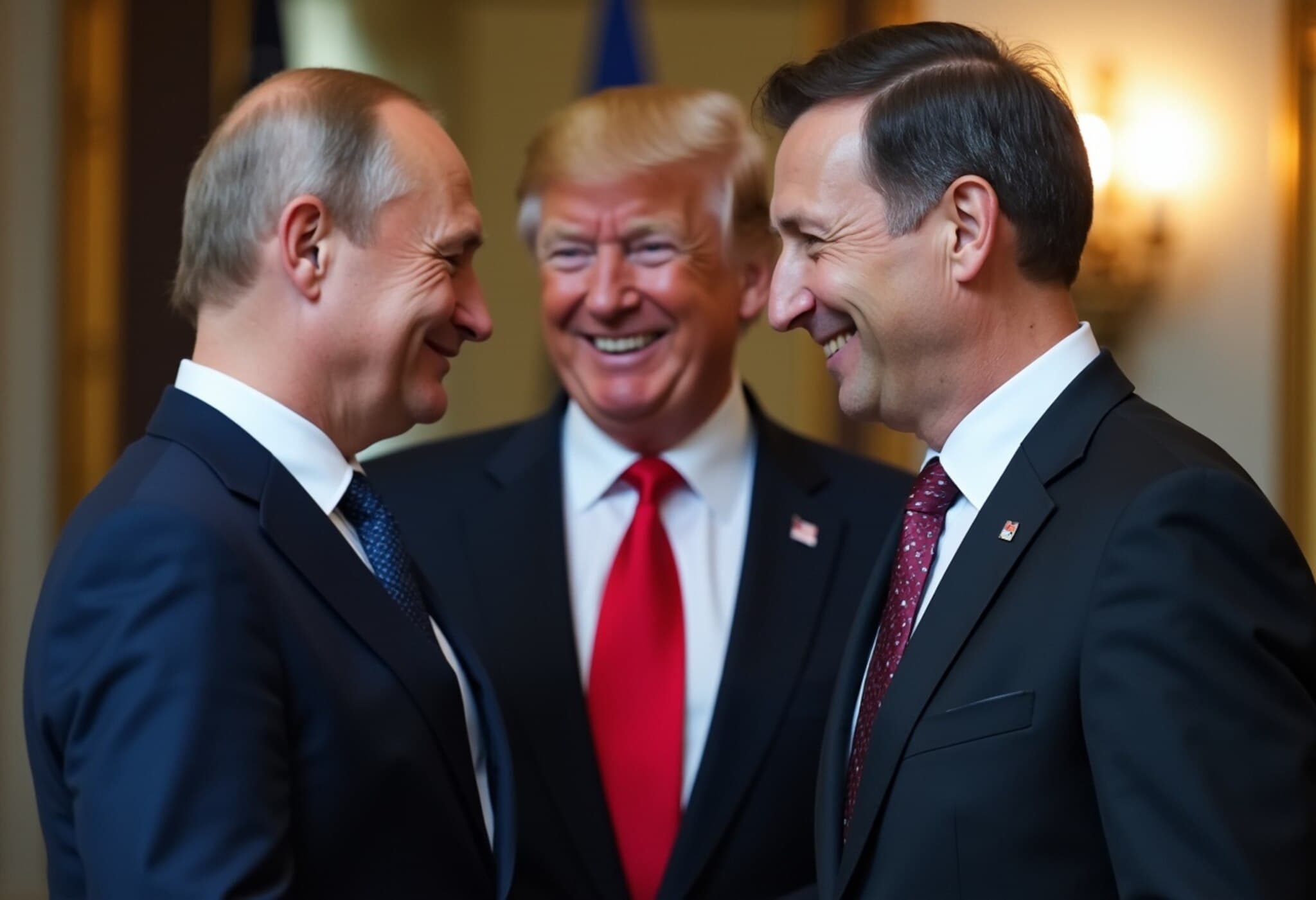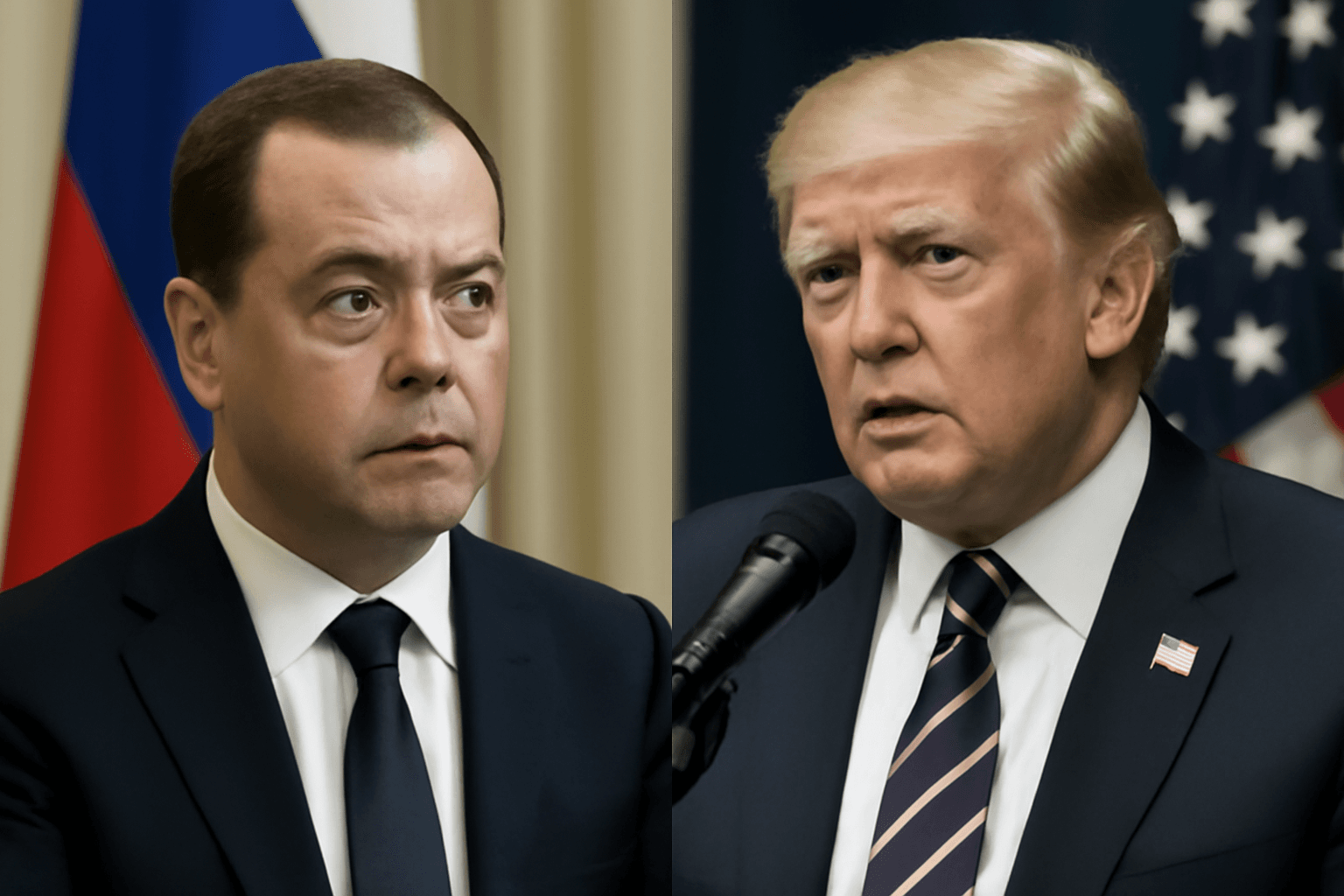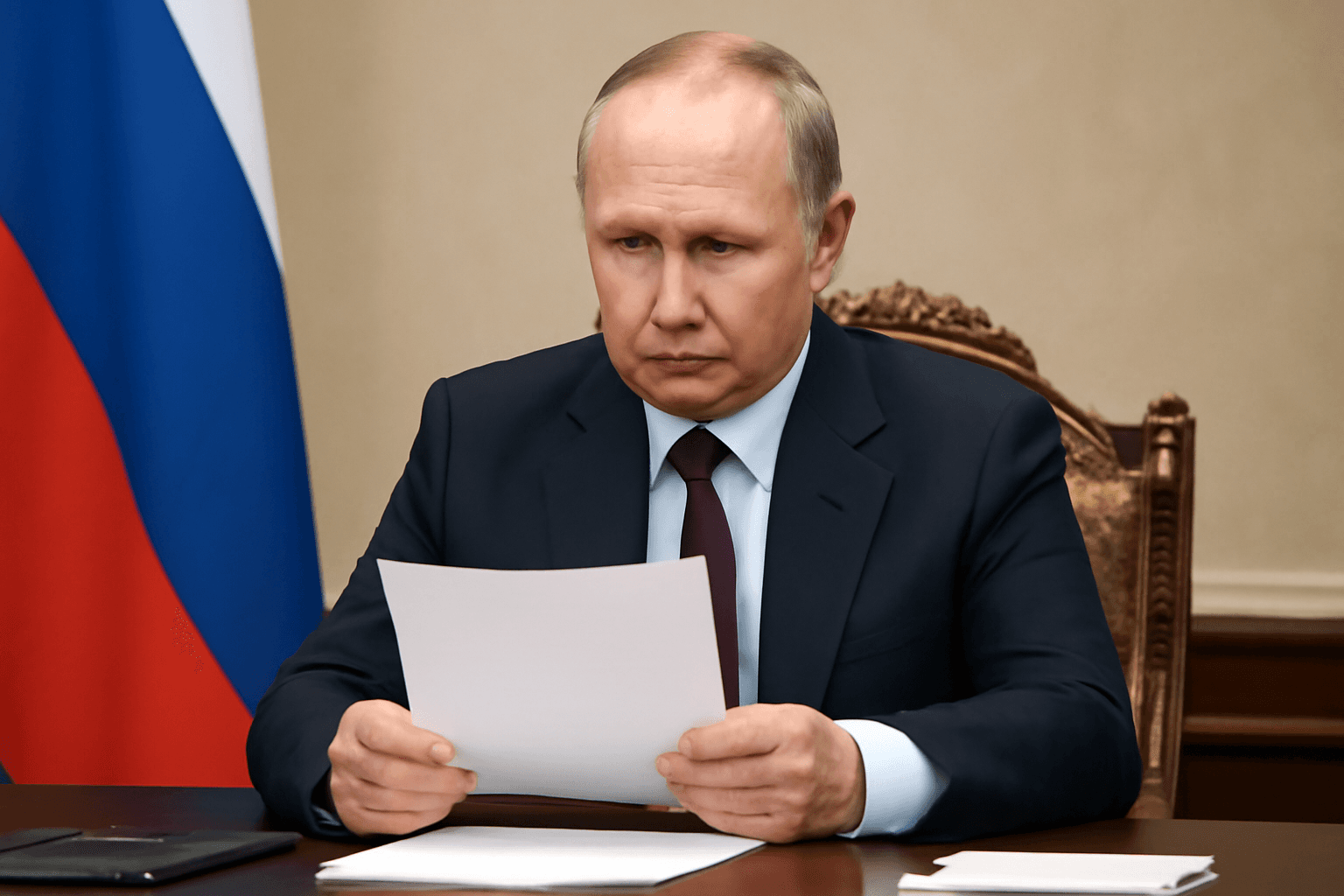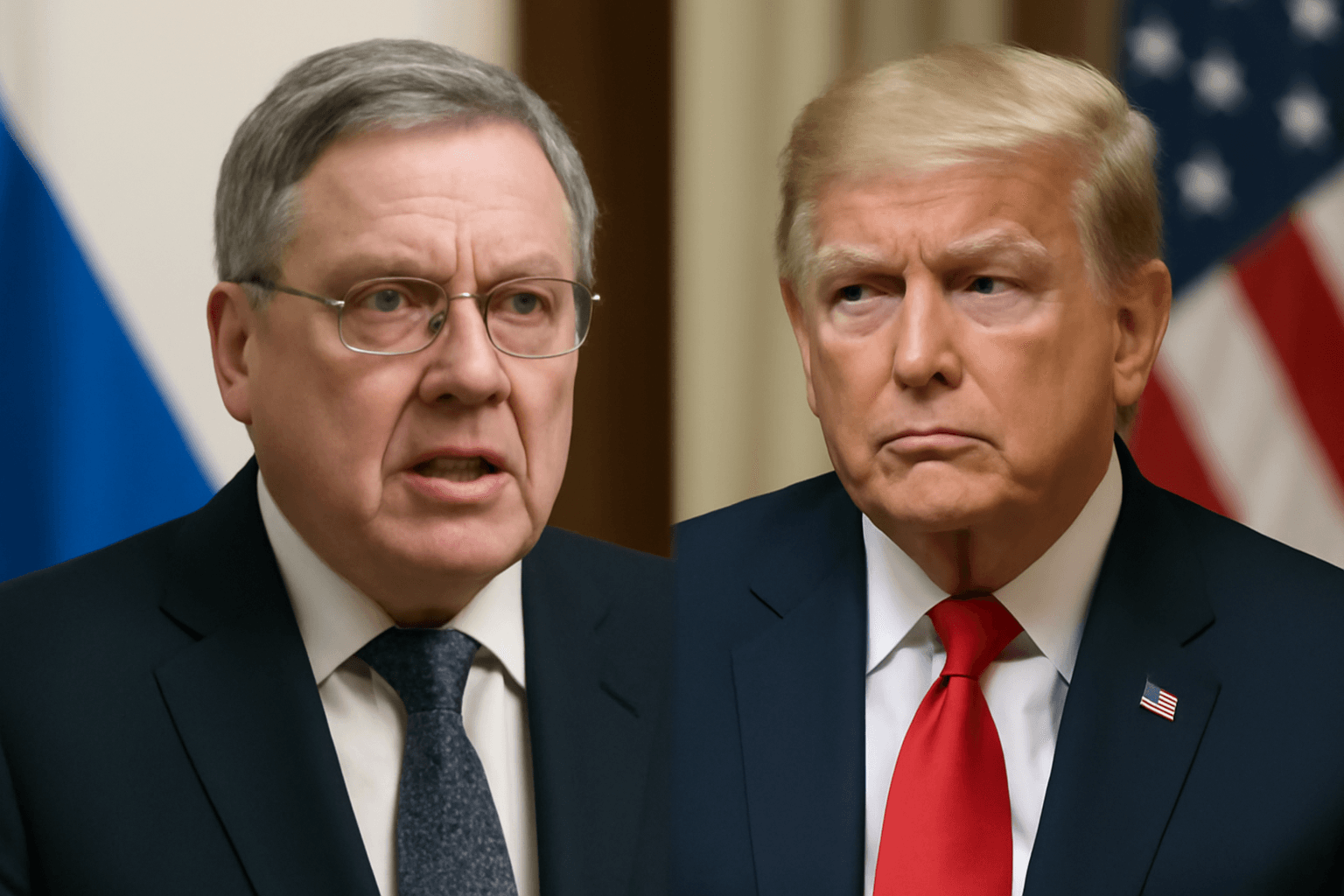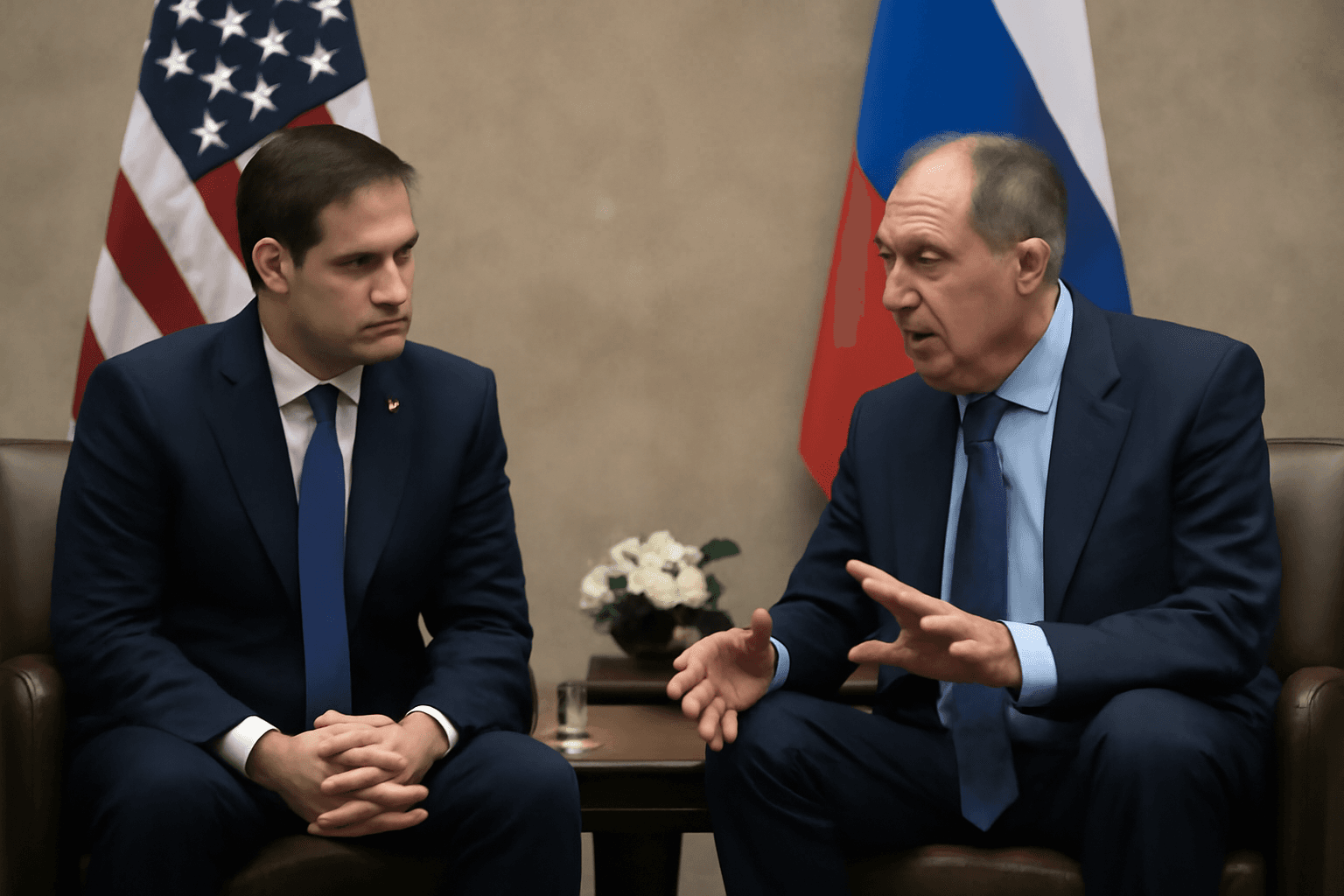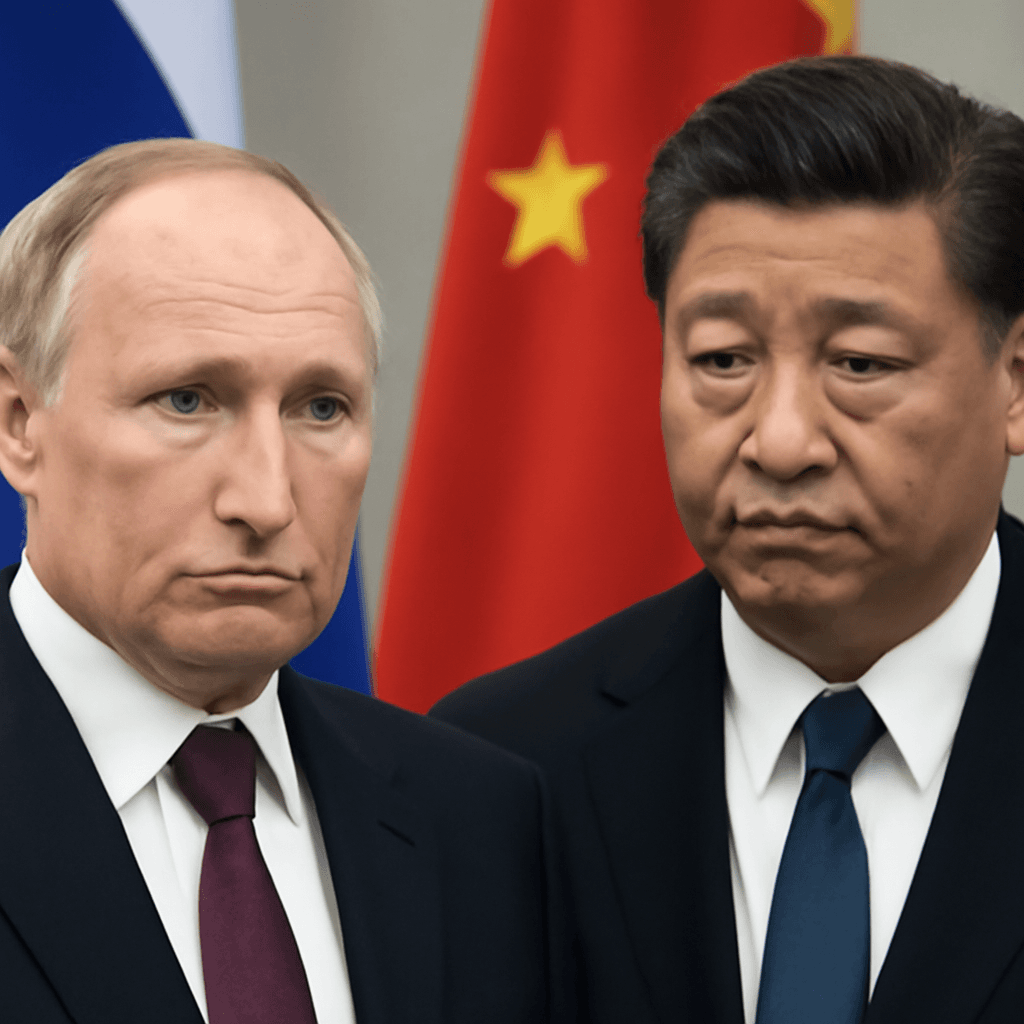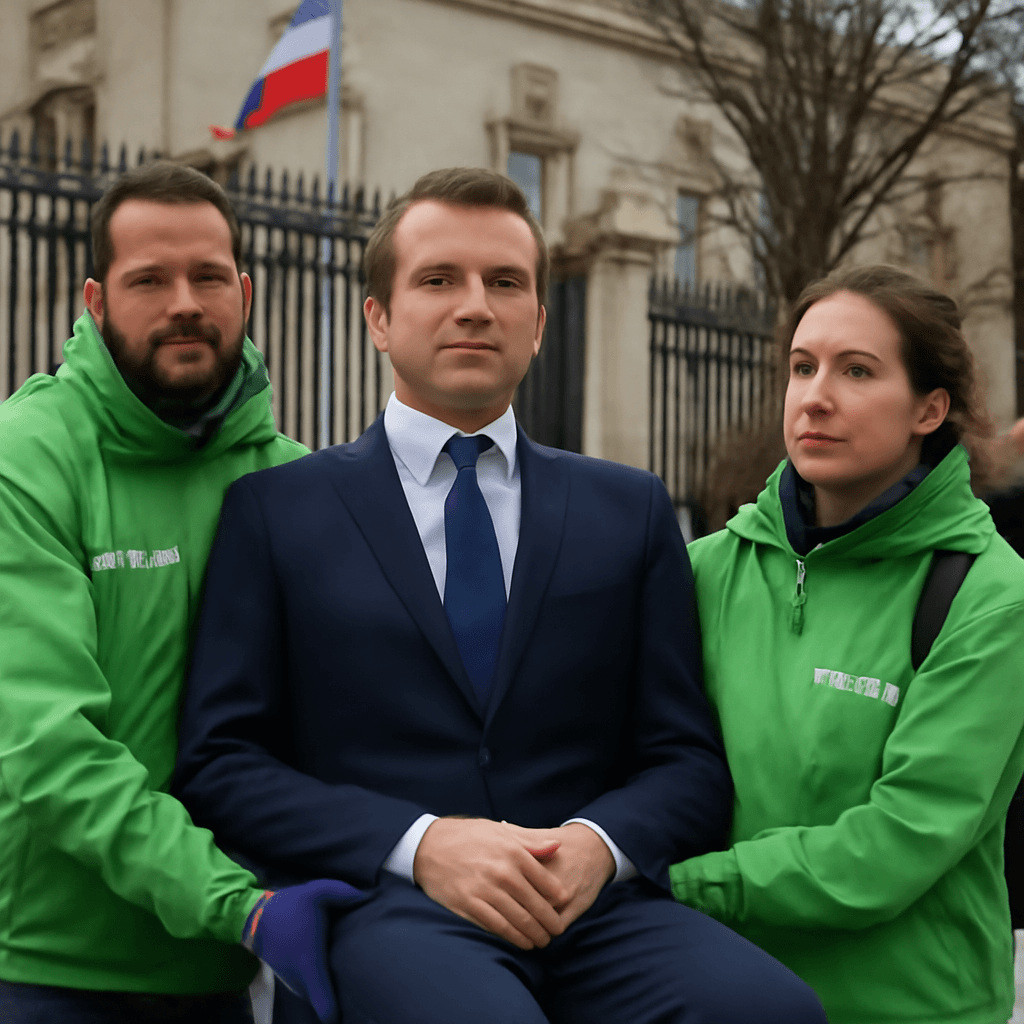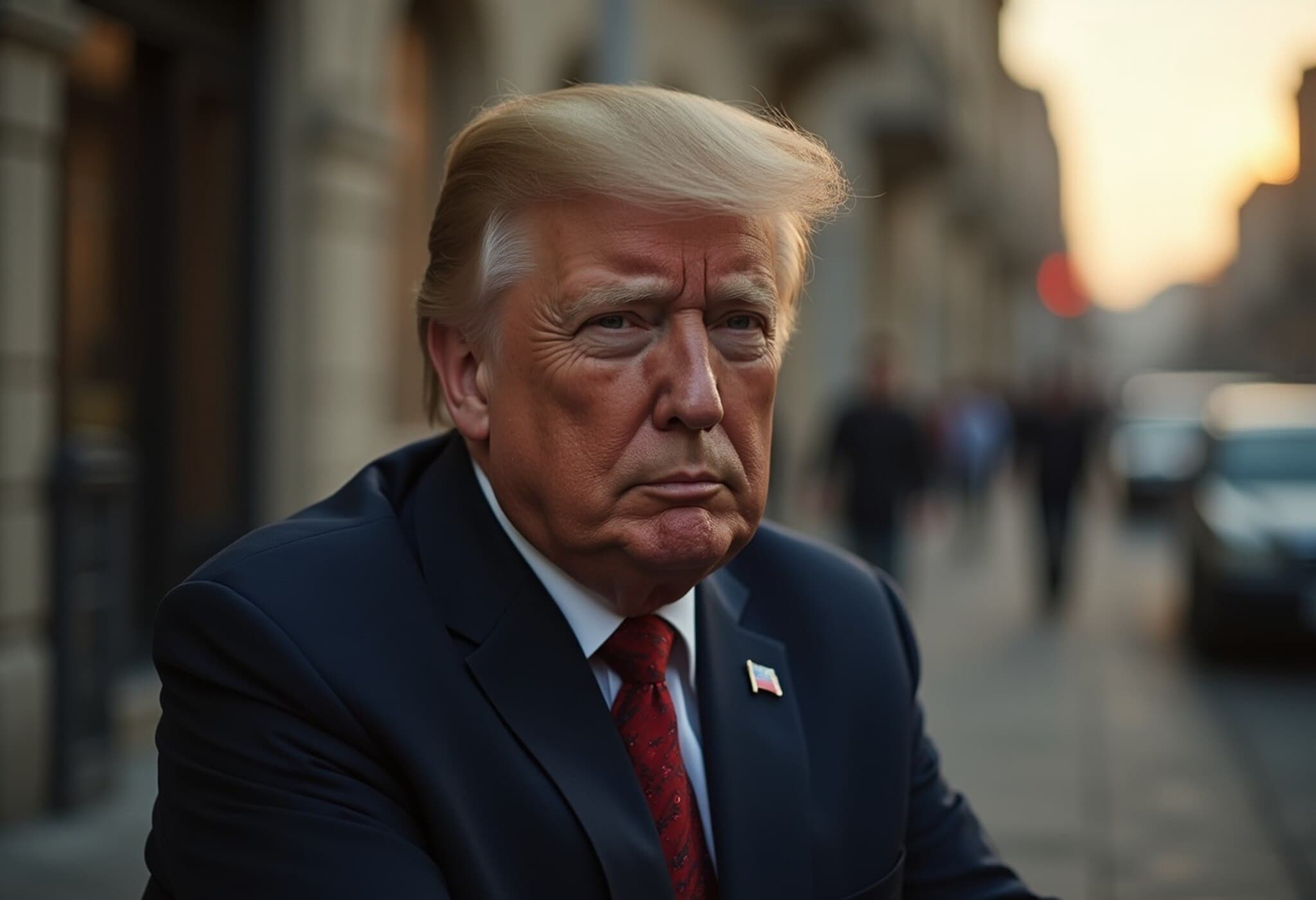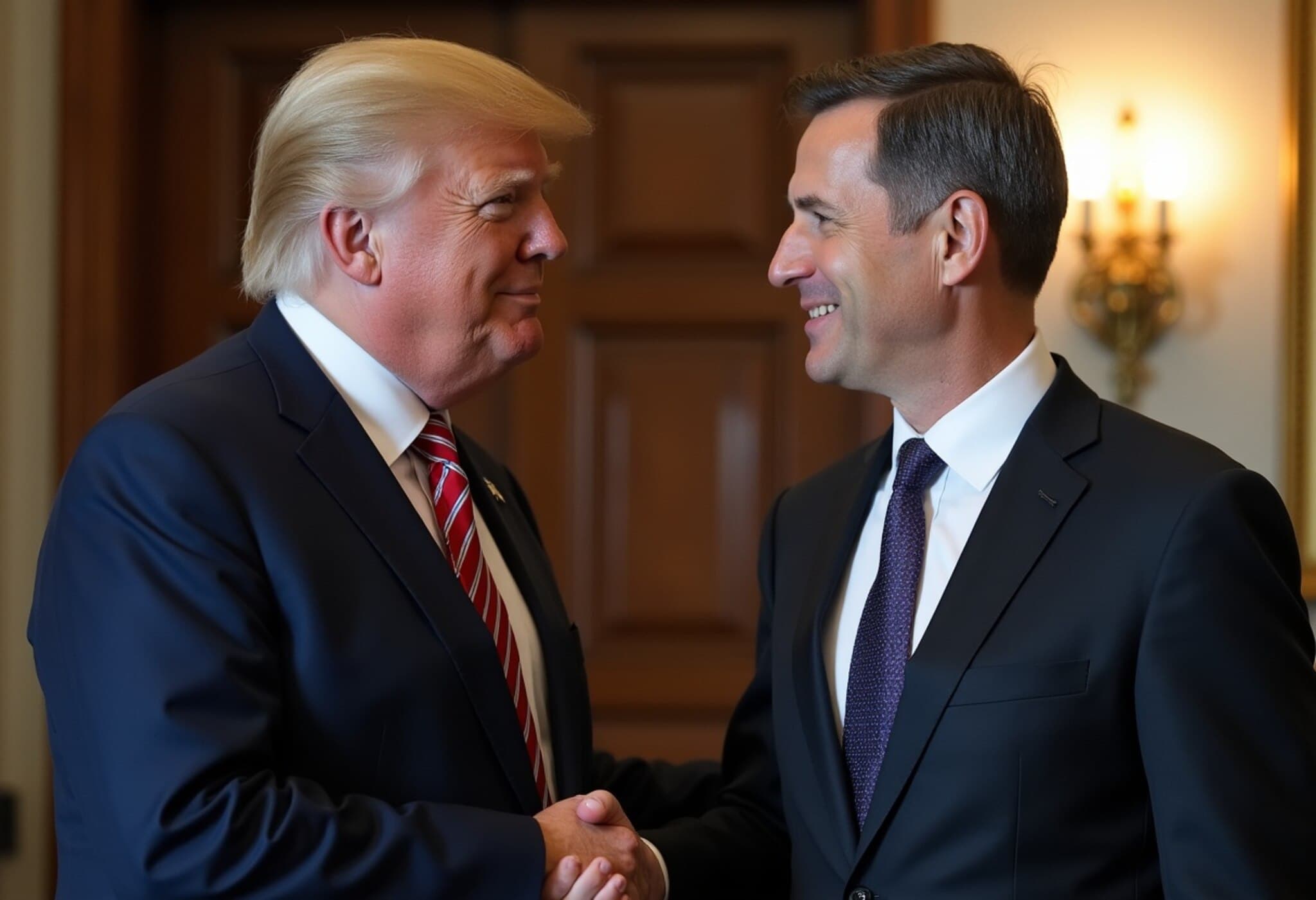Trump-Seeks Ceasefire in Ukraine Conflict During Putin Meetings
U.S. President Donald Trump is set to hold critical talks with Russian President Vladimir Putin in Alaska, aiming to broker a halt in the ongoing conflict in Ukraine. However, according to U.S. Secretary of State Marco Rubio, while a stoppage of fighting may be achievable in the short term, a lasting peace agreement remains a complex challenge that will require extended dialogue.
Security Guarantees and Territorial Disputes at the Forefront
Speaking at the State Department on Thursday, Rubio emphasized that any meaningful resolution must address foundational issues such as security guarantees and territorial claims. "To achieve a peace, I think we all recognize that there'll have to be some conversation about security guarantees. There'll have to be some conversation about territorial disputes and claims, and what they're fighting over," Rubio stated.
These core topics, he noted, cannot be resolved in a single meeting but would represent integral components of a comprehensive peace framework.
Urgency of Ceasefire Amid Shifting Battlefield Dynamics
Rubio also highlighted the critical nature of halting active hostilities promptly. "The longer wars go on, the harder they are to end," he remarked. Battlefield conditions continuously evolve, affecting how each party perceives leverage, making immediate ceasefire efforts vital to foster a conducive environment for negotiations.
“As I speak … there are changes happening in the battlefield which have an impact on what one side views as leverage or the other. So that’s the reality of ongoing fighting, which is why a ceasefire is so critical,” Rubio explained.
Rapid Preparations Reflect High Stakes of the Talks
The meeting was organized swiftly, illustrating the urgency attached to this diplomatic initiative. Rubio revealed that President Trump had already engaged in four telephone conversations with President Putin but viewed in-person dialogue as pivotal. "He felt it was important to now speak to him in person and look him in the eye and figure out what’s possible and what isn’t," Rubio said.
The president’s determination underpins a cautious optimism, with hopes pinned on achieving at least a temporary cessation of hostilities.
Complex Path to Comprehensive Peace
Rubio acknowledged the inherent difficulties ahead, noting that any peace deal ultimately hinges on mutual agreement between Ukraine and Russia. "We’re going to do everything we can to achieve one, but ultimately it’ll be up to Ukraine and Russia to agree to one," he stressed.
This diplomatic effort arrives amid growing concerns in U.S. policy circles that prolonged conflict may entrench divisions and undermine long-term stability in the region.
Expert Insights and Broader Implications
From a geopolitical perspective, this initiative highlights the critical role of diplomatic engagement even amidst entrenched hostility. While direct talks between the leaders symbolize a hopeful step, experts caution that without addressing underlying security and sovereignty concerns, any ceasefire risks being fragile and short-lived.
Moreover, the timing of these talks coincides with an intensified push by global powers to avoid escalation into a wider conflict, with American policymakers balancing pressure on Russia with diplomatic overtures.
For American audiences, it is vital to recognize that peace efforts carry substantial implications for U.S. foreign policy credibility, NATO alliances, and global security architecture. The success or failure of these talks could set important precedents for conflict resolution in the 21st century.
What Remains Unsaid: Key Questions
- How will the U.S. navigate its commitments to Ukraine’s sovereignty while engaging Russia diplomatically?
- What role will European allies play in supporting or shaping the negotiations following these talks?
- How might internal political dynamics within Ukraine and Russia influence the feasibility of a peace agreement?
Editor's Note
While President Trump’s initiative to pause the Ukraine conflict offers a glimmer of hope, the road ahead is fraught with complexity. Genuine peace will demand more than ceasefires—it requires mutual trust, security assurances, and a willing compromise on territorial issues, which have long posed stumbling blocks. Observers should watch closely whether this dialogue becomes a genuine breakthrough or a temporary pause in a durable conflict. Ultimately, the international community’s engagement and the parties’ political will will determine if lasting peace is within reach.

